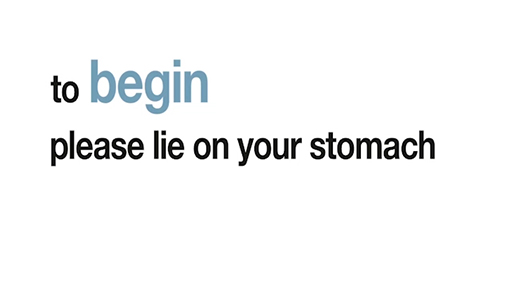2 The brain–body connection
Babies and young children are not designed to sit still – they need to move around to explore how their body works and to find out about the environment around them. Every time a baby moves they are having experiences that help their brains develop and this helps them to learn, but research shows that the amount of time babies and toddlers are spending being physically active is decreasing.
The World Health Organisation (2022) recommends that in a 24-hour day:
Infants (less than 1 year) should;
- Be physically active several times a day in a variety of ways, particularly through interactive floor-based play; more is better. For those not yet mobile, this includes at least 30 minutes in prone position (tummy time) spread throughout the day while awake.
- Not be restrained for more than 1 hour at a time (e.g., prams/strollers, high chairs, or strapped on a caregiver’s back). Screen time is not recommended. When sedentary, engaging in reading and storytelling with a caregiver is encouraged.
- Have 14-17h (0-3 months of age) or 12-16h (4-11 months of age) of good quality sleep, including naps.
Children 1-2 years of age should;
- Spend at least 180 minutes in a variety of types of physical activities at any intensity, including moderate- to vigorous-intensity physical activity, spread throughout the day; more is better.
- Not be restrained for more than 1 hour at a time (e.g., prams/strollers, high chairs, or strapped on a caregiver’s back) or sit for extended periods of time. For 1 year olds, sedentary screen time (such as watching TV or videos, playing computer games) is not recommended. For those aged 2 years, sedentary screen time should be no more than 1 hour; less is better. When sedentary, engaging in reading and storytelling with a caregiver is encouraged.
- Have 11-14h of good quality sleep, including naps, with regular sleep and wake-up times.
a.
10%
b.
20%
c.
50%
d.
100%
The correct answer is a.
Before babies start crawling and walking it can seem that they are not really moving very much, but we need to be aware that they have to master lots of small movements to develop the control needed to start moving around.
Activity 2 Exploring movement
As you watch the video below, note down the different movements and skills that the baby is using.

Answer
Discussion
You might have noted down that you saw the baby stretching, balancing, reaching, rocking and crawling, as well as lots of other movements. The video helps us to realise that every movement a baby makes involves them thinking, exploring, experimenting and practising. By giving babies and toddlers opportunities to move we are supporting their brain development.
